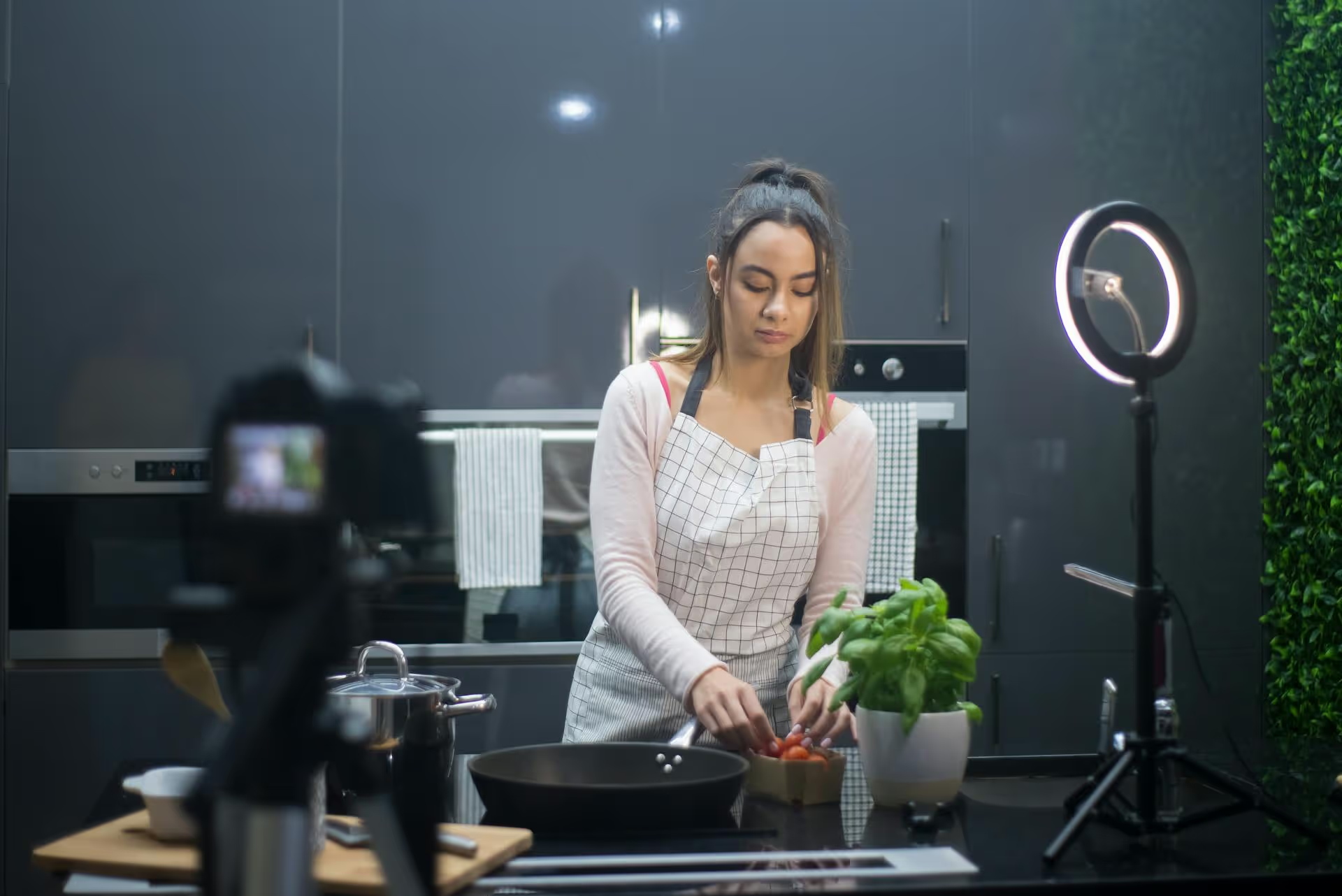How to Add Social Media Icons to an Email Signature
Enhance your email signature by adding social media icons. Discover step-by-step instructions to turn every email into a powerful marketing tool.

Creating great content is only half the battle, getting it in front of the right people is what truly matters. Too many creators and marketers pour hours into a blog post, video, or podcast, only to share it once and hope for the best. This guide will walk you through a step-by-step process for using social media to distribute your content, transforming your platforms from simple broadcast channels into powerful distribution networks.
Before you post anything, you need a strategy. A great distribution plan starts with understanding what you're sharing, where you're sharing it, and why. Without this clarity, you're just making noise.
Every social media platform has its own language and culture. A strategy that works wonders on LinkedIn will fall flat on TikTok. The first step in effective distribution is to stop thinking about sharing the same post everywhere and start thinking about adapting your core message for each platform.
A 2,000-word blog post can't be pasted into an Instagram caption. But its main ideas can become dozens of platform-native assets. Here's a quick guide:
What do you want people to do after seeing your social post? Your goal will fundamentally change your approach. Be specific.
Repurposing is the secret to a sustainable content distribution strategy. It allows you to maximize the value of every single piece of content you create without burning out. The core idea is simple: take one large piece of "pillar" content and atomize it into smaller, platform-specific micro-content.
Let's walk through a real-world example. Imagine you just published a 1,500-word blog post titled: "How to Style a Small Living Room: 7 Space-Saving Tips."
Instead of just tweeting the link, let's break that article down:
Just like that, one blog post became a week's worth - or more - of high-value social media content, each piece perfectly tailored to the platform it lives on.
Knowing what to create is one thing, actually getting it done is another. Here’s a simple four-step process to put this strategy into action without feeling overwhelmed.
Each week or month, identify your primary piece of content. This could be a blog post, a YouTube video, a new podcast episode, or a case study. This is the "sun" that all of your "micro-content planets" will orbit around.
Based on your pillar content, create a checklist of the micro-content you'll make. Get specific. For the living room blog post, your list might look like this:
Batch-create these assets at the same time. If you need to film, film both videos back-to-back. If you're designing graphics, make the carousel and the Pins in one session. This is far more efficient than context-switching every day.
Don’t dump all your content on the same day. Build momentum. A well-paced schedule keeps your content top-of-mind without spamming your audience.
This is the final, vital step. Even if you're sharing the same video on Reels and TikTok, your caption and CTA should be adapted. Reference TikTok trends in your TikTok caption. Use relevant hashtags for Instagram. Your X copy should be sharp and concise. Always double-check that your caption guides the user toward your ultimate goal for that post, whether it’s commenting, sharing, or clicking a link.
Distribution doesn’t end when you hit "Publish." That’s where the engagement begins. When people reply to your thread or comment on your Reel, respond to them. Answer their questions. Acknowledge their feedback. This conversation deepens your connection with your audience and tells platform algorithms that your content is valuable.
After a week or two, check your analytics. It doesn't need to be complicated. Just ask:
Use what you learn to refine your next distribution plan. If videos on LinkedIn are surprisingly effective, make more of them. If your audience isn’t on X, spend less time there. Let the data guide your efforts.
Effective content distribution isn't about shouting into the void, it's about having strategic conversations on the right platforms, in the right formats. By thoughtfully repurposing your pillar content into native-friendly assets, you multiply your impact, reach new audiences, and get a far better return on the time you invest in content creation.
Once you get this workflow turning, the primary challenge becomes managing all those pieces without feeling scattered. We built Postbase because we were tired of wrestling with outdated tools that made planning and scheduling so many different assets a real headache for our own brands. Seeing your entire multi-platform schedule on a visual calendar and being able to publish your Reels, TikToks, and posts everywhere in one go makes this entire distribution process feel streamlined instead of stressful.
Enhance your email signature by adding social media icons. Discover step-by-step instructions to turn every email into a powerful marketing tool.
Learn how to add your Etsy link to Pinterest and drive traffic to your shop. Discover strategies to create converting pins and turn browsers into customers.
Grant access to your Facebook Business Manager securely. Follow our step-by-step guide to add users and assign permissions without sharing your password.
Record clear audio for Instagram Reels with this guide. Learn actionable steps to create professional-sounding audio, using just your phone or upgraded gear.
Add translations to Instagram posts and connect globally. Learn manual techniques and discover Instagram's automatic translation features in this guide.
Optimize your Facebook Business Page for growth and sales with strategic tweaks. Learn to engage your community, create captivating content, and refine strategies.
Wrestling with social media? It doesn’t have to be this hard. Plan your content, schedule posts, respond to comments, and analyze performance — all in one simple, easy-to-use tool.